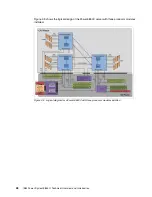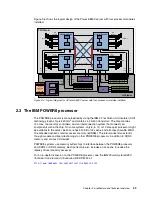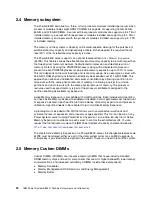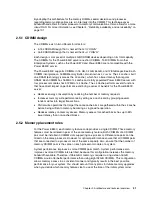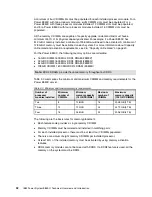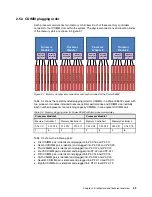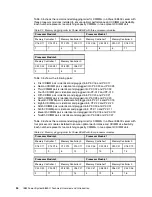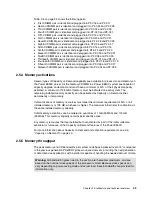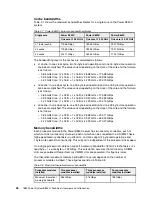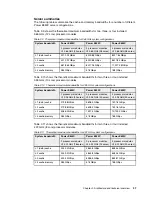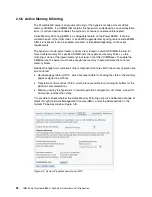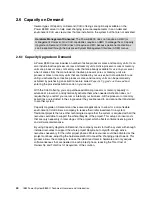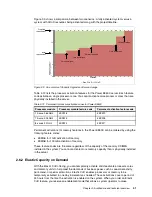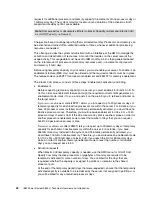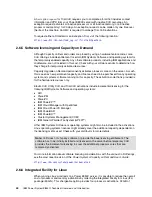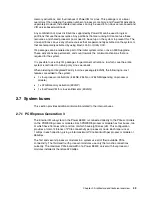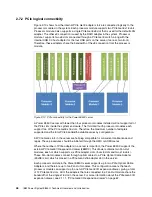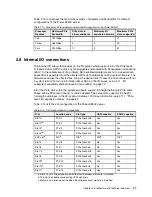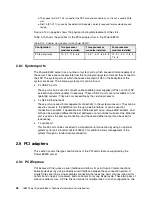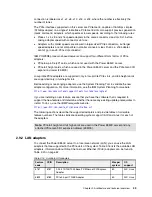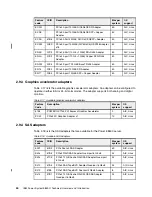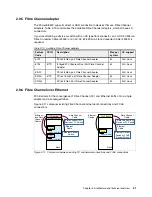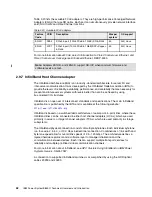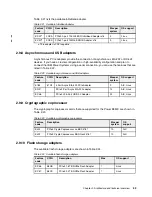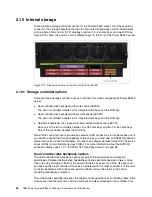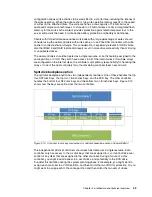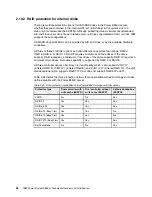
42
IBM Power System E850C: Technical Overview and Introduction
requests for additional processor and memory capacity in increments of one processor day or
1 GB memory day. The system monitors the amount and duration of the activations. Both
prepaid and postpay options are available.
Charges are based on usage reporting that is collected monthly. Processors and memory can
be activated and turned off an unlimited number of times, whenever additional processing
resources are needed.
This offering provides the system administrator with an interface at the HMC to manage the
activation and deactivation of resources. A monitor that resides on the server records the
usage activity. This usage data must be sent to IBM monthly. A bill is then generated based
on the total amount of processor and memory resources used, in increments of processor
and memory (1 GB) days.
Before using temporary capacity on your server, you must enable your server. To enable it, an
enablement feature (MES only) must be ordered and the required contracts must be in place.
The feature codes are #EP9T for processor enablement and #EM9T for memory enablement.
The Elastic CoD process consists of three steps: Enablement, activation, and billing.
Enablement
Before requesting temporary capacity on a server, you must enable it for Elastic CoD. To
do this, order an enablement feature and sign the required contracts. IBM generates an
enablement code, mails it to you, and posts it on the web for you to retrieve and enter on
the target server.
A
processor enablement
code (#EP9T) allows you to request up to 90 processor days of
temporary capacity for each inactive processor core within the server. For instance, if you
have 32 processor cores installed, and 16 are permanently activated, you would have 16
inactive processor cores. Therefore, you would receive enablement for (16 x 90) = 1440
processor days of elastic CoD. If the 90 processor-day limit is reached, place an order for
another processor enablement code to reset the number of days that you can request
back to 90 per inactive processor core.
A
memory enablement
code (#EM9T) lets you request up to 90 memory days of temporary
capacity for each GB of inactive memory within the server. For instance, if you have
256 GB of memory installed in the system, and 156 GB is permanently activated, you
would have 100 GB of inactive memory. Therefore, you would receive an enablement code
for (100 x 90) = 9000 GB days of elastic CoD. If you reach the limit of 90 memory days,
place an order for another memory enablement code to reset the number of allowable
days you can request back to 90.
Activation requests
When Elastic CoD temporary capacity is needed, use the HMC menu for On/Off CoD.
Specify how many inactive processors or gigabytes of memory are required to be
temporarily activated for some number of days. You are billed for the days that are
requested, whether the capacity is assigned to partitions or remains in the shared
processor pool.
At the end of the temporary period (days that were requested), ensure that the temporarily
activated capacity is available to be reclaimed by the server (not assigned to partitions), or
you will be billed for any unreturned processor days.
Note: Some websites or documents still refer to Elastic Capacity on Demand (Elastic CoD)
as
On/Off Capacity on Demand
.
Содержание E850C
Страница 2: ......
Страница 36: ...22 IBM Power System E850C Technical Overview and Introduction...
Страница 114: ...100 IBM Power System E850C Technical Overview and Introduction...
Страница 154: ...140 IBM Power System E850C Technical Overview and Introduction...
Страница 158: ...144 IBM Power System E850C Technical Overview and Introduction...
Страница 159: ......
Страница 160: ...ibm com redbooks Printed in U S A Back cover ISBN 0738455687 REDP 5412 00...

